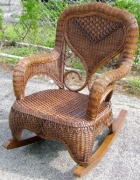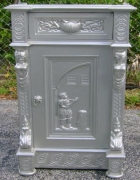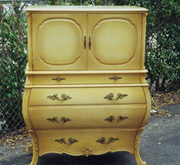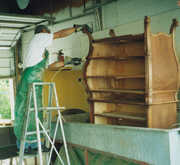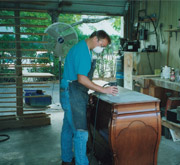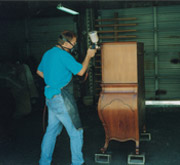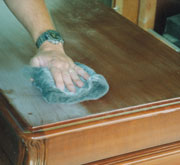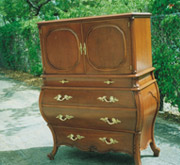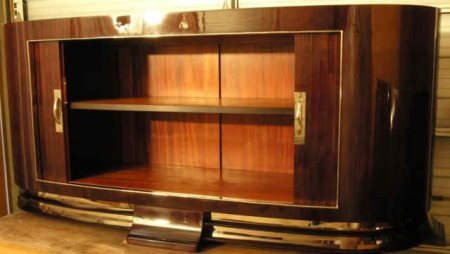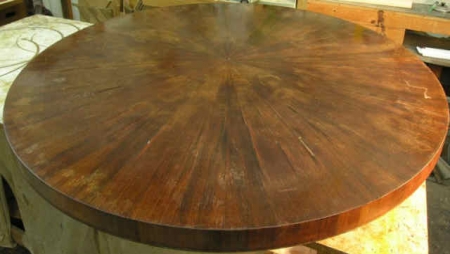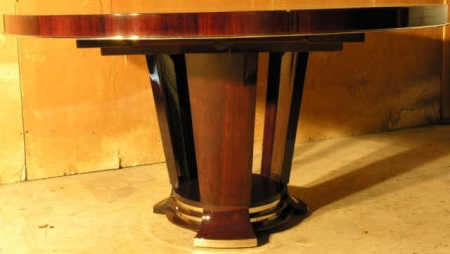
954 978-2090
Refinishing involves complete removal of the original finish.
The furniture is sanded, dents are filled, and the new finish is reapplied.
This process is not recommended for antiques, because it will remove the character and the patina built over the years, impossible to reproduce. The value of the pieces will also be diminished.
Time and usage affect even the finest pieces of furniture becoming old and worn. However, by repairing and refinishing your furniture, you can bring them back to their original finish.
To decide whether refinishing is worthwhile, consider the following:
• Is the furniture built well with strong joints and nice lines?
• Is it useful to you (plenty of storage space)?
• Can you replace your furniture with another piece with the same quality and at a fair price?
• Do you like the color of the furniture?
• Do you want a custom finish matching another piece of furniture in your house?
• Does the piece of furniture require repairs? (i.e. broken legs or dowels, drawers coming apart).
Take all of these elements into consideration, when you have to make a decision about a cherished piece of furniture.
The process of refinishing will require the following:
• Removing the existing finish to the raw wood.
• Sand the wood with different grits of sandpaper.
• Repair any damages such as dents, nicks, scratches, broken legs and joints, and loose veneer.
• Stain the wood if necessary to match the original finish or create a custom finish.
• Seal the wood.
• Apply several coats of finish of your choice.
To get the best results, the types of finish we use are sprayed in our spray booth.
Refinished Furniture
-
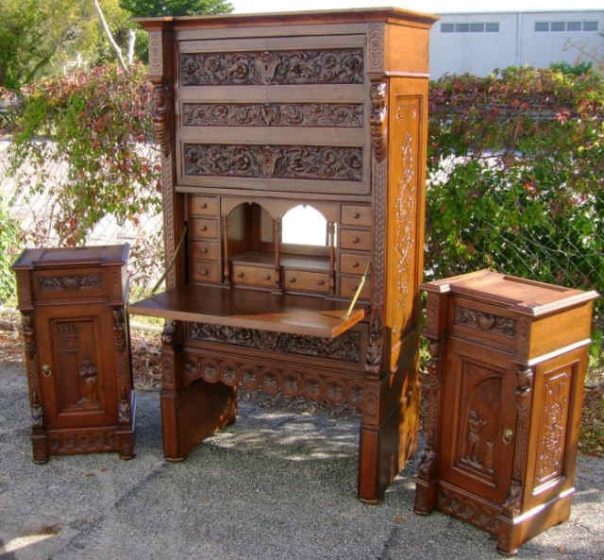 Secretary and two nightstands stripped,repaired and refinished
Secretary and two nightstands stripped,repaired and refinished -
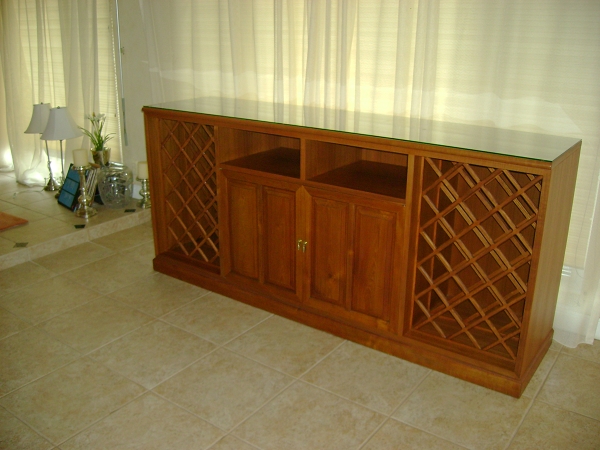 Custom teak cabinet refinished installed wine rack
Custom teak cabinet refinished installed wine rack -
 Cado rosewood bookcase built and finished Custom installation
Cado rosewood bookcase built and finished Custom installation -
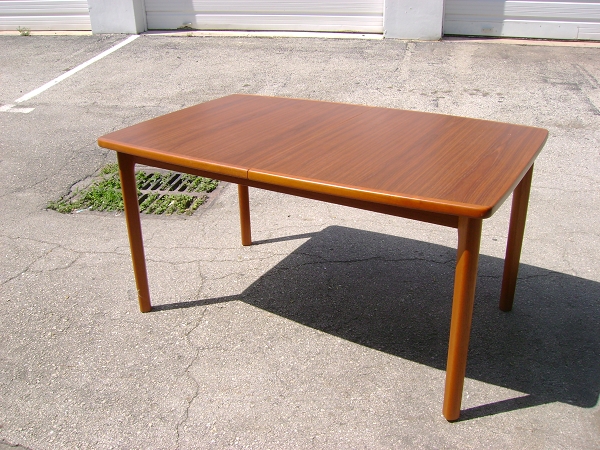 Teak table stripped and refinished natural color
Teak table stripped and refinished natural color -
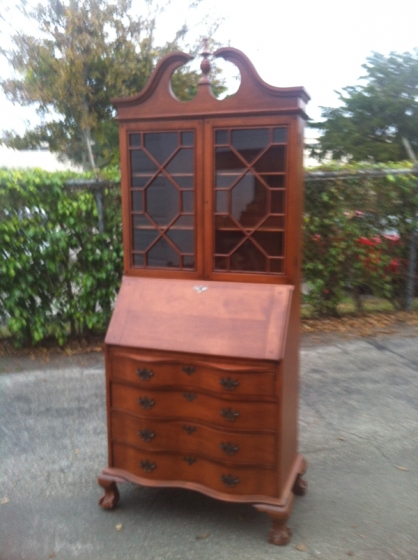 Secretary stripped, repaired and refinished. Replaced broken glass
Secretary stripped, repaired and refinished. Replaced broken glass -
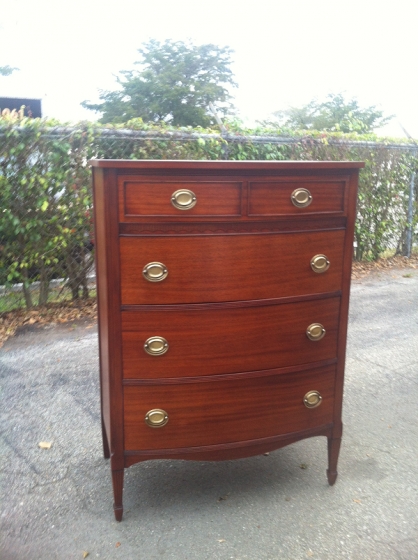 Chest of drawers stripped, repaired and refinished. Mahogany closed grain finish
Chest of drawers stripped, repaired and refinished. Mahogany closed grain finish -
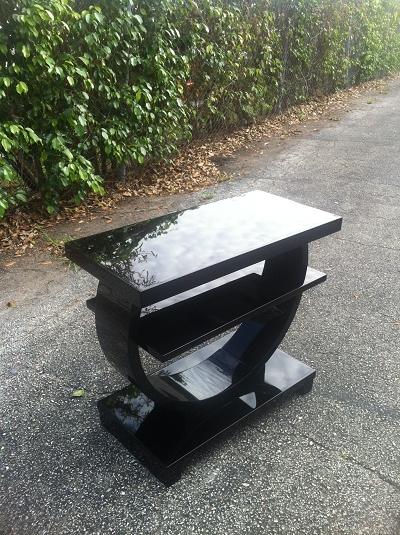 High gloss coffee table Black urethane Buffed like a piano finish
High gloss coffee table Black urethane Buffed like a piano finish -
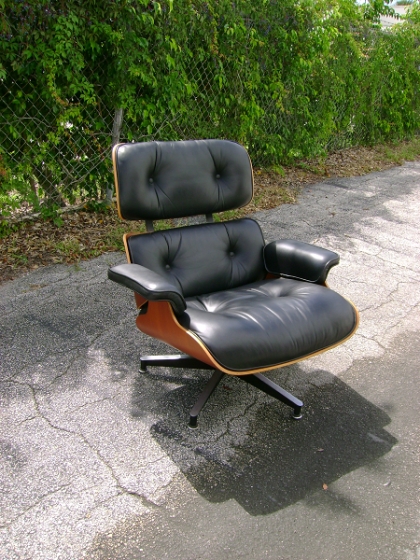 Eames Lounge Chair repaired the 2 arms were broken.
Eames Lounge Chair repaired the 2 arms were broken. -
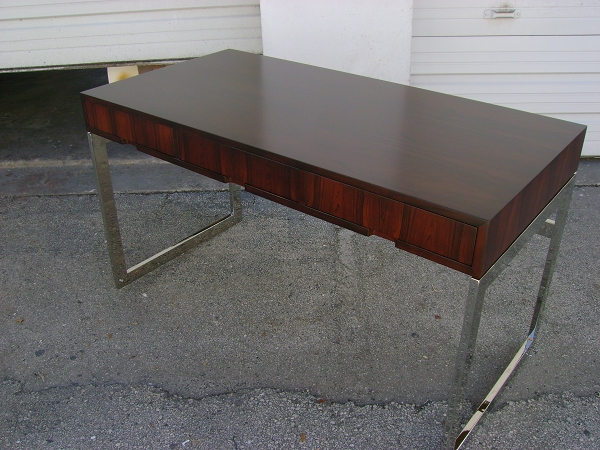 Rosewood desk stripped and refinished. High gloss finish on top Wet sand and buff like a piano or car finish
Rosewood desk stripped and refinished. High gloss finish on top Wet sand and buff like a piano or car finish -
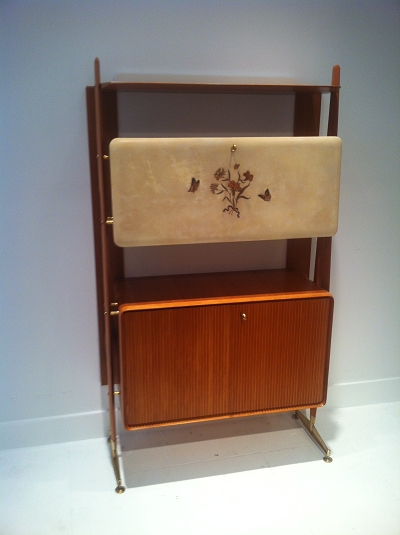 Italian secretary with droplift made out of goatskin Polished metal feet Wood stripped and refinished
Italian secretary with droplift made out of goatskin Polished metal feet Wood stripped and refinished -
 Dresser stripped,bleached and refinished
Dresser stripped,bleached and refinished -
 Dresser refinished white lacquer satin. Polished handles
Dresser refinished white lacquer satin. Polished handles -
Crotch mahogany dining room table stripped and refinished high gloss lacquer
-
Mahogany chest of drawers stripped, repaired and refinished closed grain satin
-
Oriental black dresser repaired and refinished
-
Mahogany piano stripped, repaired and refinished closed grain satin lacquer
-
Oak Tool box repaired, stripped and refinished Replaced all the handles
-
Oak Tool Box in display Replaced all the felt into the drawers
-
Teak chair and foot stool stripped and refinished with exterior finish. the furniture will be displayed around the pool, so the finish needed to be weather resistant
-
Small coffee table stripped and refinished. Polished brass hardware
-
Widdicomb mahogany dresser stripped and refinished
-
Widdicomb dresser stripped and refinished
-
Widdicomb mahogany desk refinished
-
Antique walnut dresser repaired and restored
-
Dresser refinished with gloss black mica
-
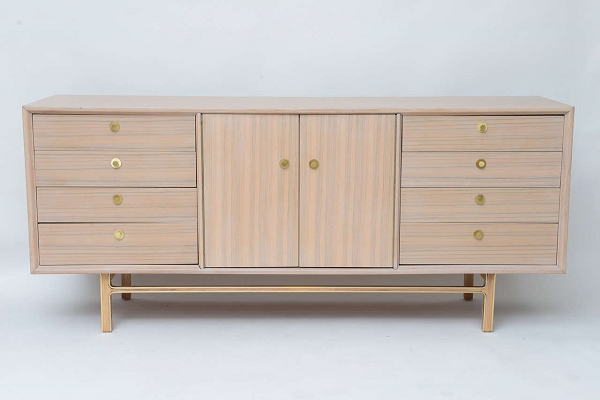 Vintage dresser stripped, repaired, bleached and refinished grey wash
Vintage dresser stripped, repaired, bleached and refinished grey wash -
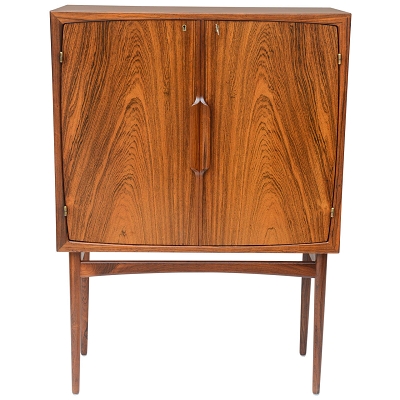 Small Armoire refinished. beautiful rosewood veneer
Small Armoire refinished. beautiful rosewood veneer -
 Maple dresser stripped and refinished 2 tones Natural wood and white lacquer
Maple dresser stripped and refinished 2 tones Natural wood and white lacquer -
 Dresser stripped, bleached and refinished greywash
Dresser stripped, bleached and refinished greywash -
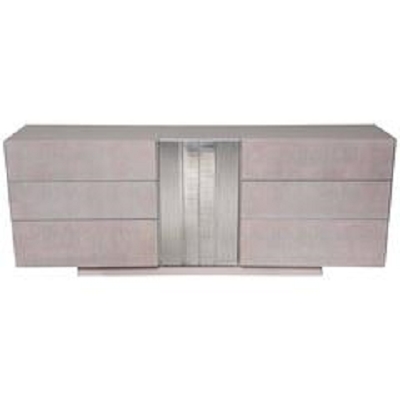 Wash grey dresser with aluminium doors stripped and refinished
Wash grey dresser with aluminium doors stripped and refinished -
 Mid-century desk stripped,bleached and refinished
Mid-century desk stripped,bleached and refinished -
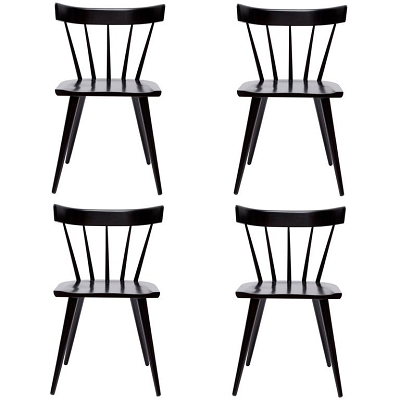 4 Mc Cobb chairs refinished and repaired expresso color
4 Mc Cobb chairs refinished and repaired expresso color -
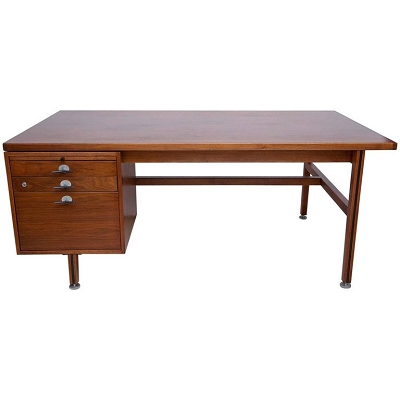 Mid-century teak desk stripped and refinished
Mid-century teak desk stripped and refinished -
 2 mirrors with marquetery and aluminium frame repaired and refinished
2 mirrors with marquetery and aluminium frame repaired and refinished -
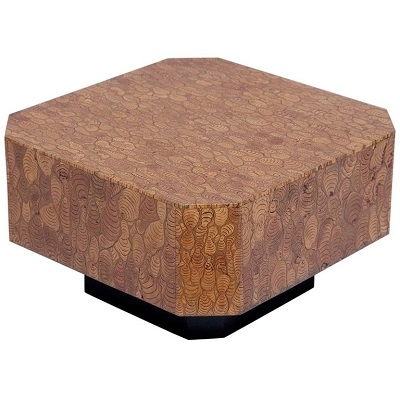 Coffee table made out of Seashells repaired and refinished
Coffee table made out of Seashells repaired and refinished -
 Mid-century chair repaired and refinished white lacquer satin
Mid-century chair repaired and refinished white lacquer satin -
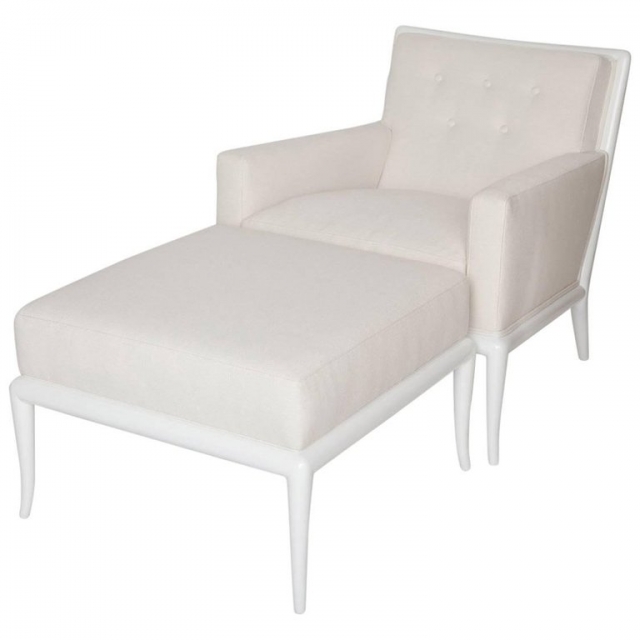 Mid-century modern chair with Ottoman repaired and refinished white satin lacquer
Mid-century modern chair with Ottoman repaired and refinished white satin lacquer -
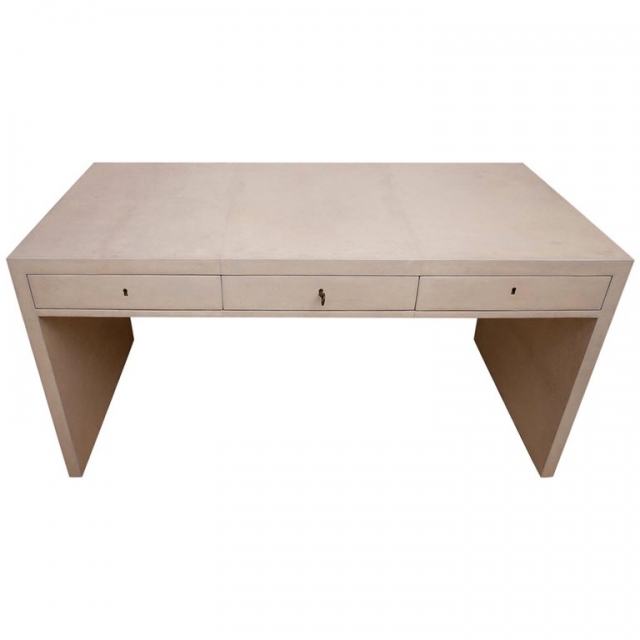 Mid-century Goatskin desk stripped and refinished pastel color
Mid-century Goatskin desk stripped and refinished pastel color -
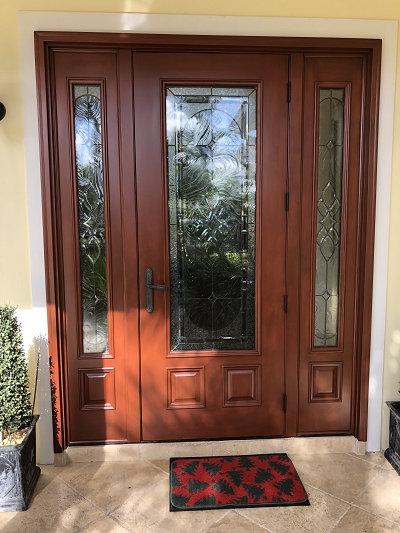 Exterior mahogany door refinished
Exterior mahogany door refinished -
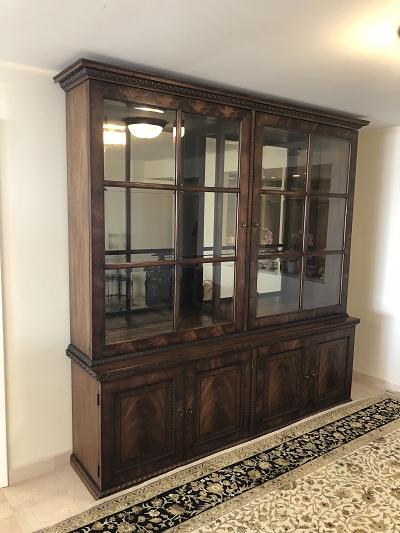 China cabinet repaired and refinished
China cabinet repaired and refinished -
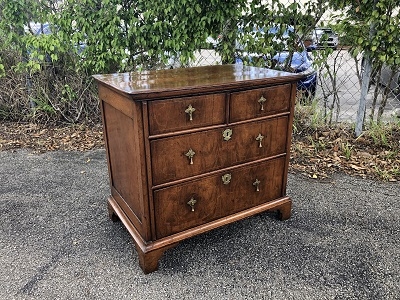 English chest of drawers restored 18th centuries
English chest of drawers restored 18th centuries -
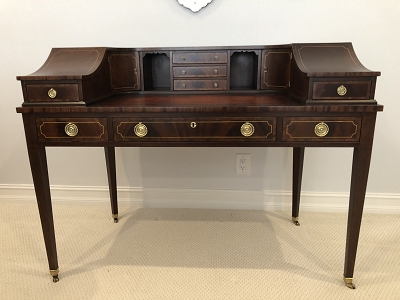 English desk restored
English desk restored -
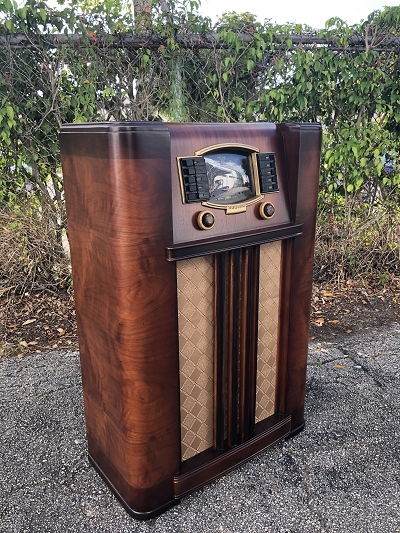 Radio restored to its original finish
Radio restored to its original finish -
 Rosewood dresser stripped, bleached and refinished greywash
Rosewood dresser stripped, bleached and refinished greywash -
 Restored 1940s Walnut inlaid Bar Cabinet with Mirrored Interior. The furniture was stripped, repaired and refinished as per customer taste
Restored 1940s Walnut inlaid Bar Cabinet with Mirrored Interior. The furniture was stripped, repaired and refinished as per customer taste -
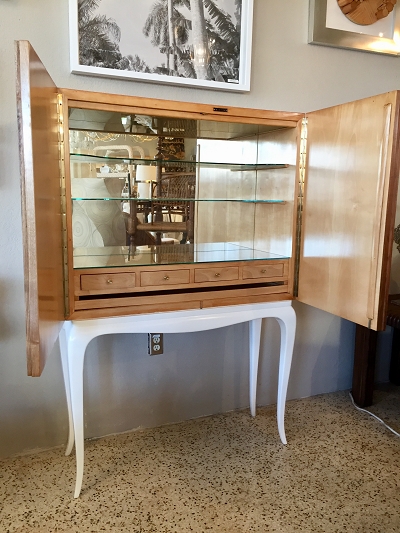 Restored 1940s Walnut Inlaid Bar Cabinet with Mirrored Interior
Restored 1940s Walnut Inlaid Bar Cabinet with Mirrored Interior -
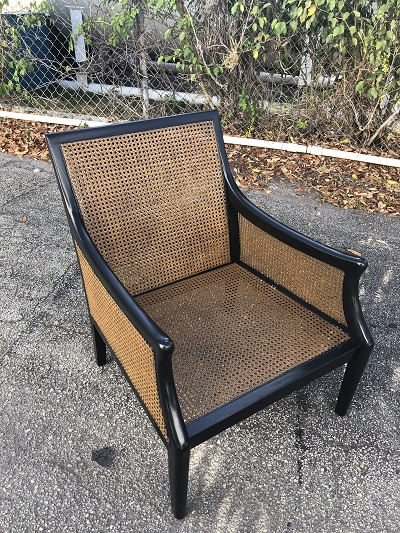 Mid-century chair repaired and refinished. Black dye was used for color and caninig replaced
Mid-century chair repaired and refinished. Black dye was used for color and caninig replaced -
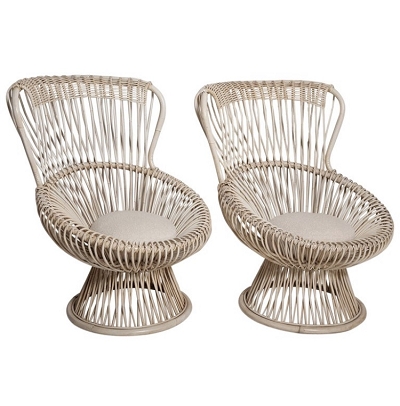 Repaired and Restored Pair of 1950s Bamboo and Rattan Chairs. Original vintage cream painted finish
Repaired and Restored Pair of 1950s Bamboo and Rattan Chairs. Original vintage cream painted finish -
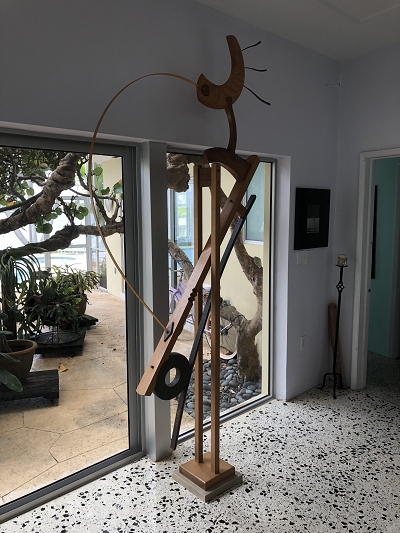 Sculpture repaired and refinished
Sculpture repaired and refinished -
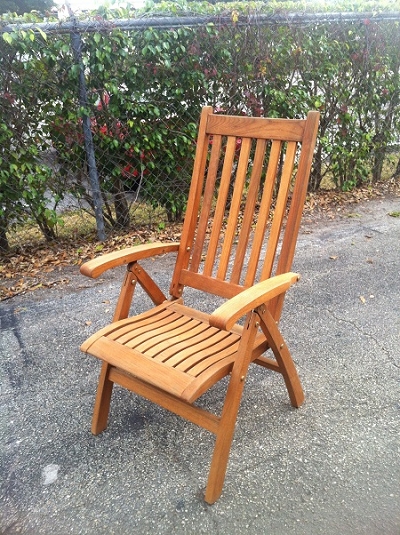 Exterior teak chair stripped and refinished, we applied a special finish on the furniture so it will be weather resistant
Exterior teak chair stripped and refinished, we applied a special finish on the furniture so it will be weather resistant -
 Exterior teak chair stripped and refinished we applied a special weather resistant finish
Exterior teak chair stripped and refinished we applied a special weather resistant finish -
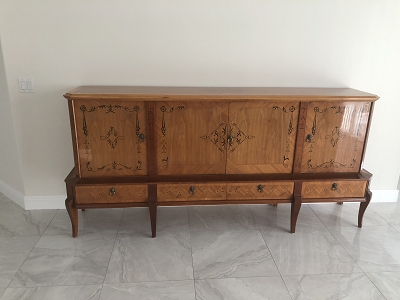 Inlaid Dresser repaired and refinished high gloss finish
Inlaid Dresser repaired and refinished high gloss finish -
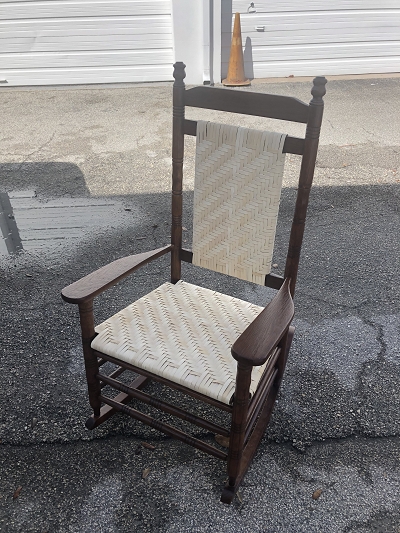 Rocking chair repaired and refinished Installed new webbing
Rocking chair repaired and refinished Installed new webbing -
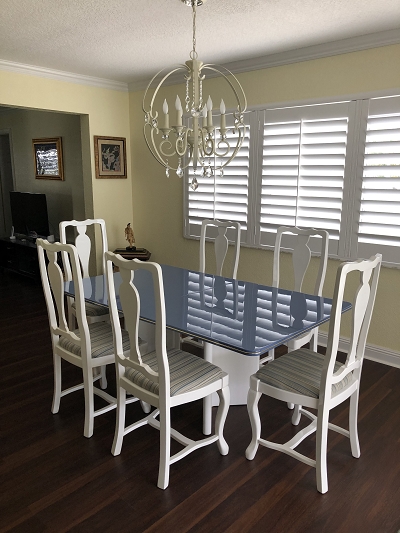 Dining Room Table refinished high gloss blue the 6 chairs and the 2 bases for the table are refinished high gloss white
Dining Room Table refinished high gloss blue the 6 chairs and the 2 bases for the table are refinished high gloss white


